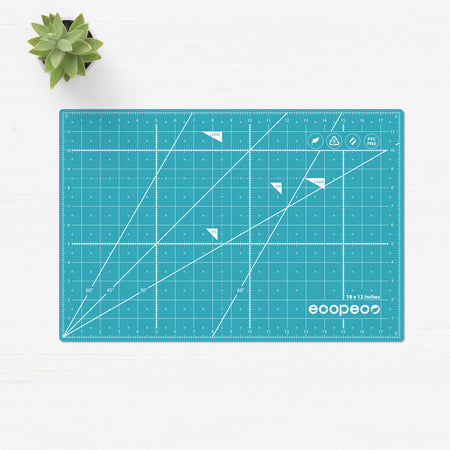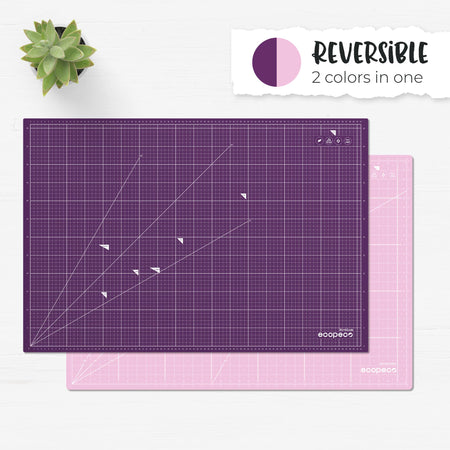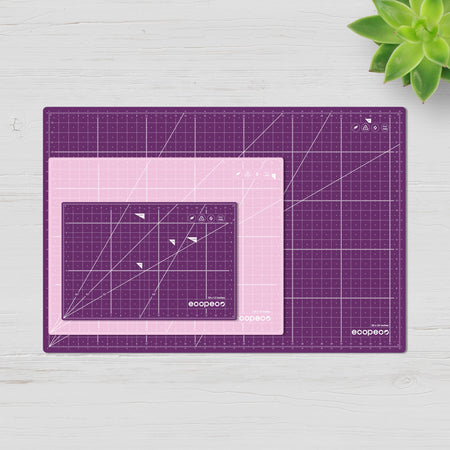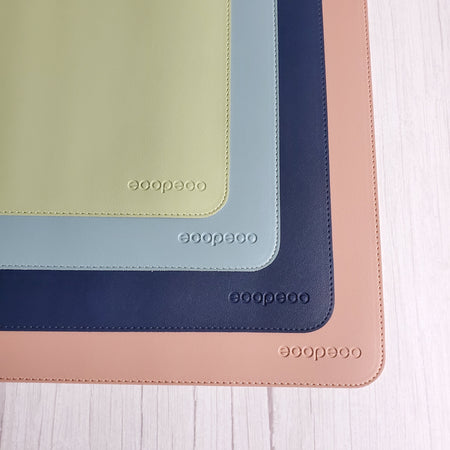Protecting Yourself and Your Loved Ones
August 24, 2019 – Ricki Nethercote
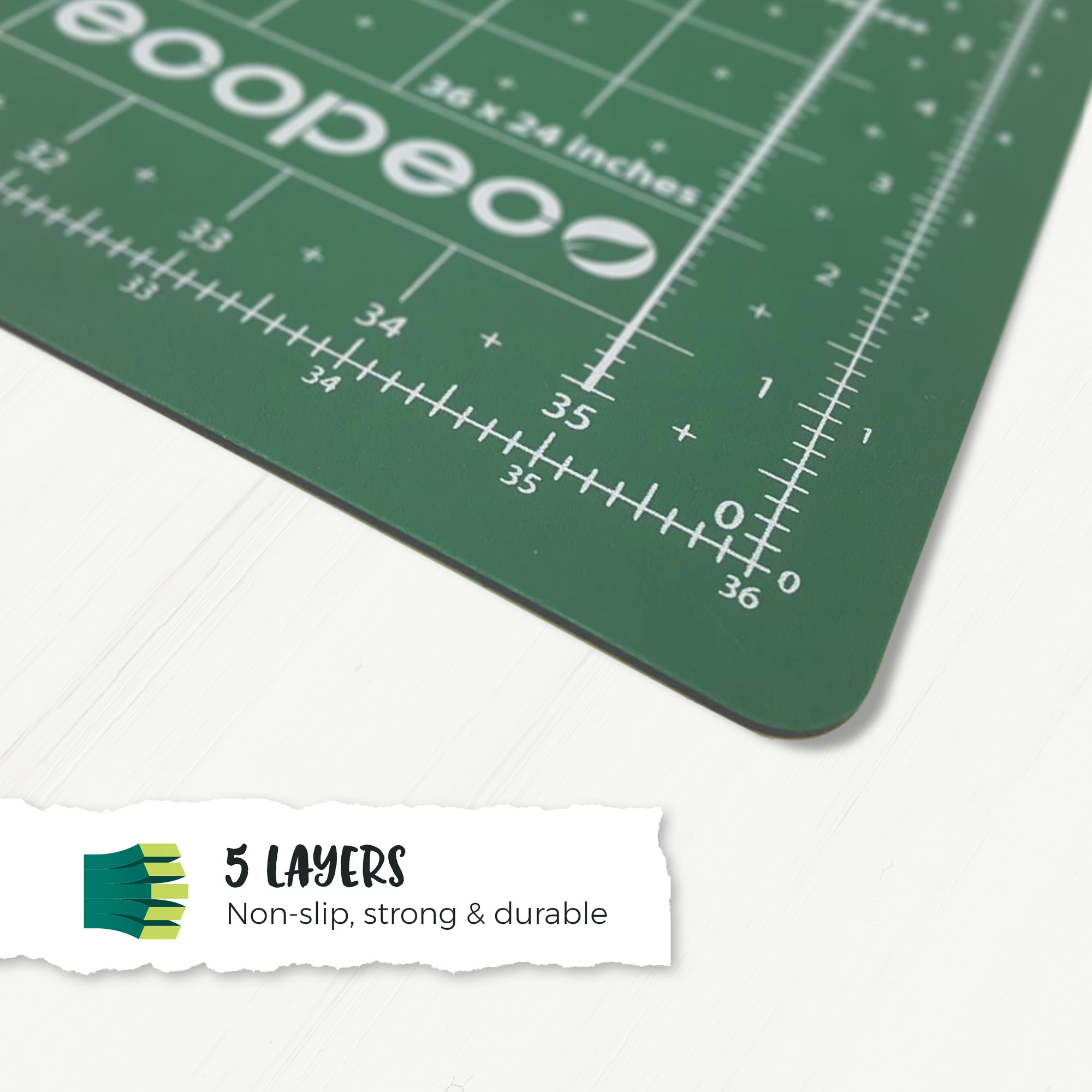
We find ourselves in a world consumed by convenience and time-saving. While our efforts to keep improving and progressing are certainly worth aspiring to, we have had to make sacrifices in areas of our life where time and patience are crucial. This has seen the proliferation of all kinds of throw-away products that make our lives more efficient. These benefits have come at a cost to our health however.
Plastic has become the flag bearer for convenience and efficiency but it is only in recent times that we have woken up to the profoundly invasive role plastic plays in our lives. This is true not only of some of the actual materials used in creating these plastics but also the chemicals used that make plastic such a versatile material.
In a previous post, we discussed phthalates and the harmful impact they have on our health. Below, we’d like to provide a few practical suggestions as to how we can all reduce our use of plastic.
Plastic products all have a triangular symbol recycling code, often found on the bottom or side of the particular product. The number inside the triangle tells a story. Products with a 3, 6, or 7 inside the triangle often contain phthalates. Numbers 2, 4 and 5 are safe and you can be sure such products do not contain BPA or phthalates.
Using phthalates in plastic toys was banned in 2009 so newer toys are much safer. Hand-me-downs could potentially contain phthalates however.
100% organic foods are strictly monitored and truly organic products are produced to ensure that they contain no phthalates.
Phthalates are also found in water. Considering the central role of water in our lives, we should be doing all we can to avoid phthalates in our water. We can do this by filtering our drinking and cooking water and avoiding plastic bottled water.
Phthalates can be especially high in some packaged foods. It is argued that children face the greatest exposure to phthalates in packaged foods.
Heating plastic containers or bottles containing phthalates or BPA can lead to these harmful chemicals leaching into foods or beverages at higher concentrations when. If you cannot avoid the offending plastic, make every effort to avoid heating up these types of plastics.
The words, “fragrance" or "parfum" on a label almost always means phthalates are found in that particular perfume or deodorant.
Refrences:
- http://www.ehhi.org/plastics.php
- https://www.huffpost.com/entry/phthalates-health_b_2464248
- https://www.wikihow.com/Avoid-Phthalates
- https://www.goodhousekeeping.com/home/g804/recycling-symbols-plastics-460321/
- https://www.greenchildmagazine.com/plastic-toys/
- https://www.ams.usda.gov/grades-standards/organic-labeling-standards
- https://time.com/5581326/plastic-particles-in-bottled-water/
- https://time.com/4394051/deodorant-antiperspirant-toxic/

